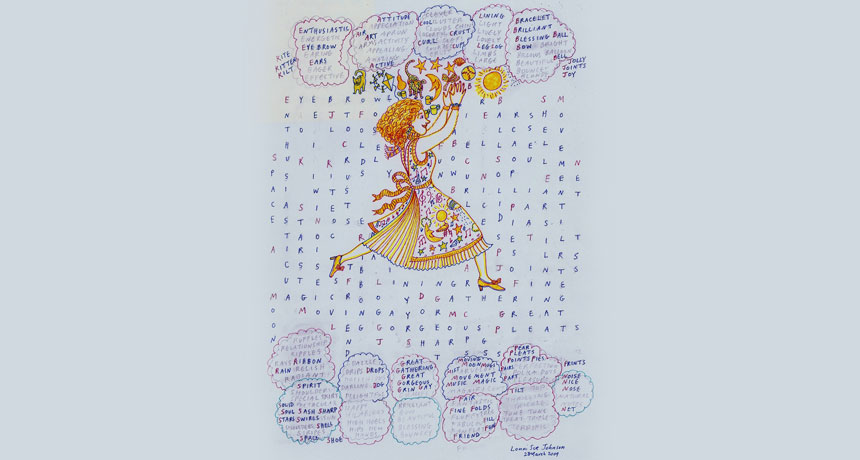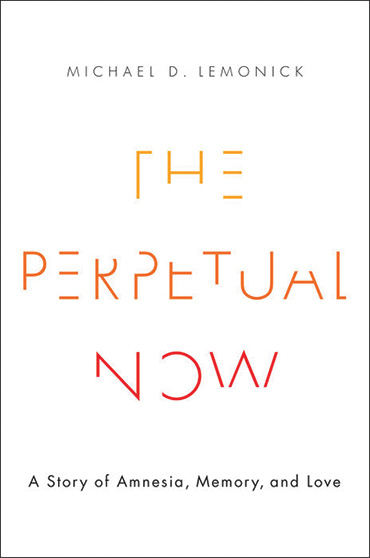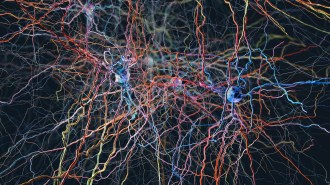Artist’s amnesia could help unlock mysteries of memory
New book looks at what case study could reveal about the brain

MEMORABLE ART Despite having amnesia, artist Lonni Sue Johnson can still create art, including illustrated word searches (one shown). Researchers are studying Johnson to learn more about how the brain forms and stores memories.
© 2009 by Lonni Sue Johnson. All rights reserved.
 The Perpetual Now
The Perpetual Now





